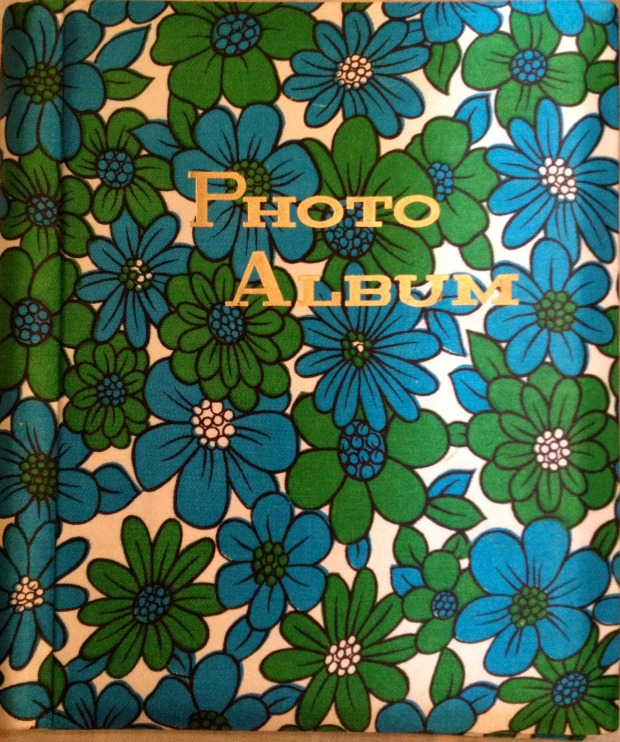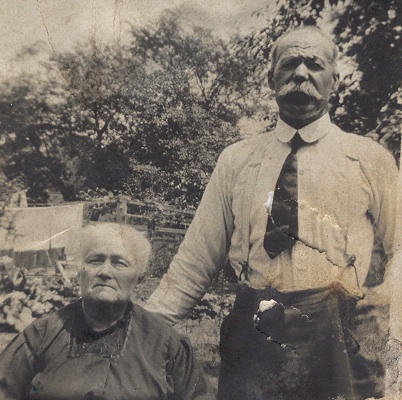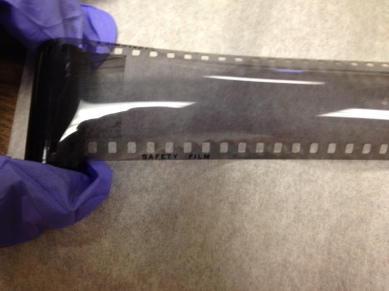
The single most important thing you can do for you photographs is store them in a good environment.
Current ANSI/ISO[1] standards state that temperatures should not exceed 65° for prints. Humidity levels should be 30% to 50% for black and white photographs and 30% to 40% for color prints.  If you keep all your processed photographs in one place, the temperature should not exceed 65° and the humidity level should be between 30% to 40%.
If you keep all your processed photographs in one place, the temperature should not exceed 65° and the humidity level should be between 30% to 40%.
Film has greater requirements. Acetate film can last about fifty years at room temperature with moderate relative humidity (RH). After that, film will begin to seriously degrade. Those negatives and reel to reels that were created in your lifetime might still be in good condition, but they will not last into the future unless you take corrective measures today.
The best thing to do with reel-to-reel films that are in good condition is to digitize them as soon as possible. Once they are digitized the original is less important. At this point in time, a DVD will provide greater life storage than an old, already deteriorating film. The International Association of Sound and Audiovisual Archives (IASA) universally accepted by the end of the 20th century that preservation by digitization was the preferred storage mechanism in archives for audiovisual materials.
 The standard for black and white films is that they should not be stored in a place where the temperature will exceed 70°. That makes them easy to store with your photographs, but the humidity level needs to be lower, between 20% to 30%. Color film has even higher standards with a maximum temperature of 70° with 20% to 30% relative humidity.
The standard for black and white films is that they should not be stored in a place where the temperature will exceed 70°. That makes them easy to store with your photographs, but the humidity level needs to be lower, between 20% to 30%. Color film has even higher standards with a maximum temperature of 70° with 20% to 30% relative humidity.
This probably sounds confusing so let me break it down for you. If you have a place in your home where a temperature of 65° and a relative humidity of 30% to 40% can be maintained, your photographs can be stored there. If you have one or two films that you need to store, have them digitized and store them along with the photographs. Digitized film does not need to be kept.


What is the best action to take with photo albums? We have my mother-in-law’s photo albums from the 1960’s- 1990’s. She meticulously created the albums with labels and quotes. They are a real treasure since they are a time line of the family during that time. The acetate and sticky part holding it all in is deteriorating and has turned brown. We’ve started experimenting with scanning each page as is.
Thanks for any advice!
LikeLike
Hi Brenda; Typically, the best action to take is to remove the photos from the old photo albums and to put them into archival sound materials. This includes acid free paper and mylar sheets.
LikeLike